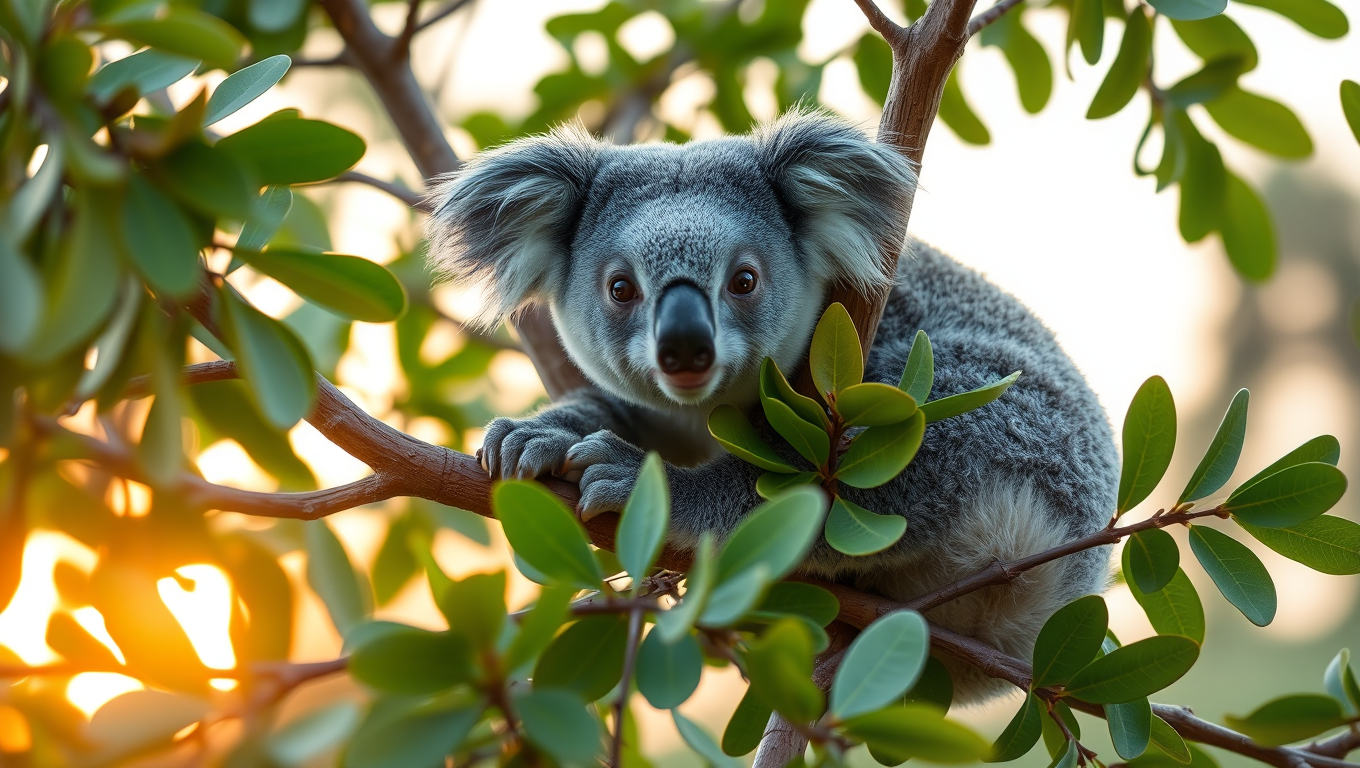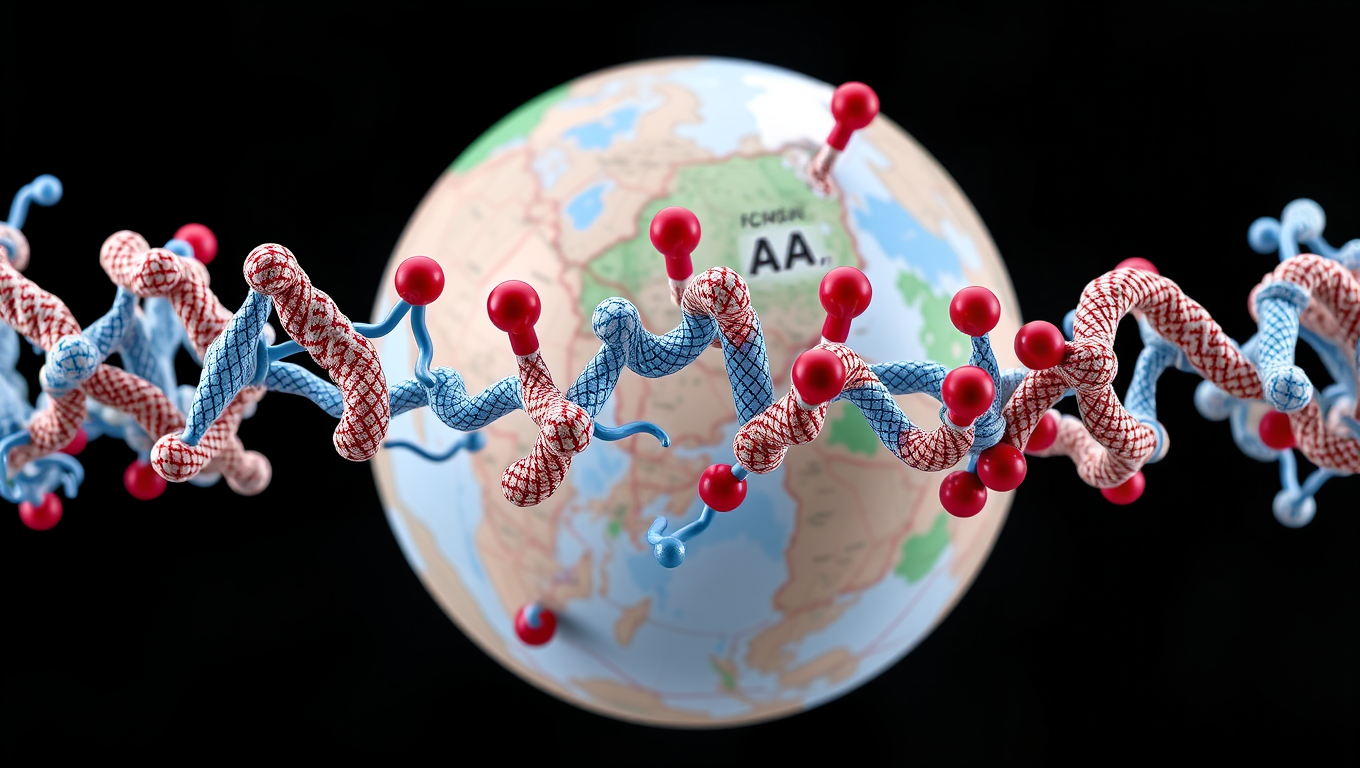While we try to keep things accurate, this content is part of an ongoing experiment and may not always be reliable.
Please double-check important details — we’re not responsible for how the information is used.
Biodiversity
The Alarming Decline of Insect Biodiversity in Tropical Forests: A Global Research Effort
Ecologists are investigating the decline of insect populations in the world’s tropical forests. Insects, the most abundant and diverse group of animals on Earth, are experiencing alarming declines, prompting this research effort.

Biodiversity
“Reviving Australia’s Icons: Precision DNA Testing Offers Hope for Koalas on the Brink”
A University of Queensland-led project has developed a tool to standardise genetic testing of koala populations, providing a significant boost to conservation and recovery efforts.
Agriculture and Food
“Native Bees vs Honey Bees: The Fitness Fight”
New research has revealed that high densities of European honey bees could be harming Australian native bees’ ‘fitness’ by reducing their reproductive success and altering key traits linked to survival.
Biodiversity
Decoding the Movements of Molecular Switches: Uncovering the Secrets of G Protein-Coupled Receptors
Taste, pain, or response to stress — nearly all essential functions in the human body are regulated by molecular switches called G protein-coupled receptors (GPCRs). Researchers have uncovered the fundamental mechanism how such a GPCR works. Using a method similar to the earth satellite GPS, they could track the motions of a GPCR and observe it in action. Their findings provide guidance for designing drugs.
-

 Detectors8 months ago
Detectors8 months agoA New Horizon for Vision: How Gold Nanoparticles May Restore People’s Sight
-

 Earth & Climate9 months ago
Earth & Climate9 months agoRetiring Abroad Can Be Lonely Business
-

 Cancer9 months ago
Cancer9 months agoRevolutionizing Quantum Communication: Direct Connections Between Multiple Processors
-

 Albert Einstein9 months ago
Albert Einstein9 months agoHarnessing Water Waves: A Breakthrough in Controlling Floating Objects
-

 Earth & Climate9 months ago
Earth & Climate9 months agoHousehold Electricity Three Times More Expensive Than Upcoming ‘Eco-Friendly’ Aviation E-Fuels, Study Reveals
-

 Diseases and Conditions9 months ago
Diseases and Conditions9 months agoReducing Falls Among Elderly Women with Polypharmacy through Exercise Intervention
-

 Chemistry8 months ago
Chemistry8 months ago“Unveiling Hidden Patterns: A New Twist on Interference Phenomena”
-

 Agriculture and Food9 months ago
Agriculture and Food9 months ago“A Sustainable Solution: Researchers Create Hybrid Cheese with 25% Pea Protein”





























